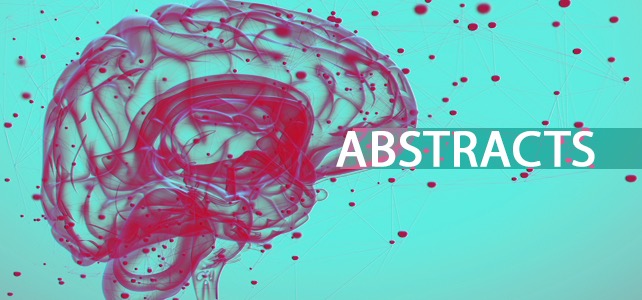Anaplastic Astrocytoma: State of the art and future directions
Mario Caccese 1, Marta Padovan 2, Domenico D’Avella 3, Franco Chioffi 4, Marina Paola Gardiman 5, Franco Berti 6, Fabio Busato 6, Luisa Bellu 6, Eleonora Bergo 2, Marco Zoccarato 7, Matteo Fassan 5, Vittorina Zagonel 2, Giuseppe Lombardi 2Affiliations expand
- PMID: 32717623
- DOI: 10.1016/j.critrevonc.2020.103062
Abstract
Anaplastic Astrocytoma(AA) is a malignant, diffusely infiltrating, primary brain tumor. According to the WHO 2016 classification of central-nervous-system tumors, AA has been described as a glial tumor with no co-deletion of 1p/19q, and is divided into IDH mutated tumor, characterized by better prognosis, and IDH wild-type form, with worse prognosis. The standard of care is maximal safe resection followed by radiotherapy and chemotherapy with temozolomide. Several efforts have been made to evaluate, according to molecular selection, which is the best post-surgical treatment. At recurrence, the treatment remains challenging and some trials are ongoing to evaluate new potential drugs, alone or in combination with chemotherapy. We performed a description of the status of the art on diagnosis, molecular characteristics and treatment of AA. In particular, we focused our details on new drugs; indeed, a deeper knowledge of the molecular characteristics of gliomas could lead to to development of active personalized treatments according with precision medicine.
Keywords: Anaplastic astrocytoma; Glioma; New drugs.

